
The Horseshoe Tower (Hufeisenturm) in Tulln remains from the ancient military camp Comagena. The Roman name originated from an equestrian unit descending from the region of Commagena.
You only see what you know (Goethe)

The Horseshoe Tower (Hufeisenturm) in Tulln remains from the ancient military camp Comagena. The Roman name originated from an equestrian unit descending from the region of Commagena.
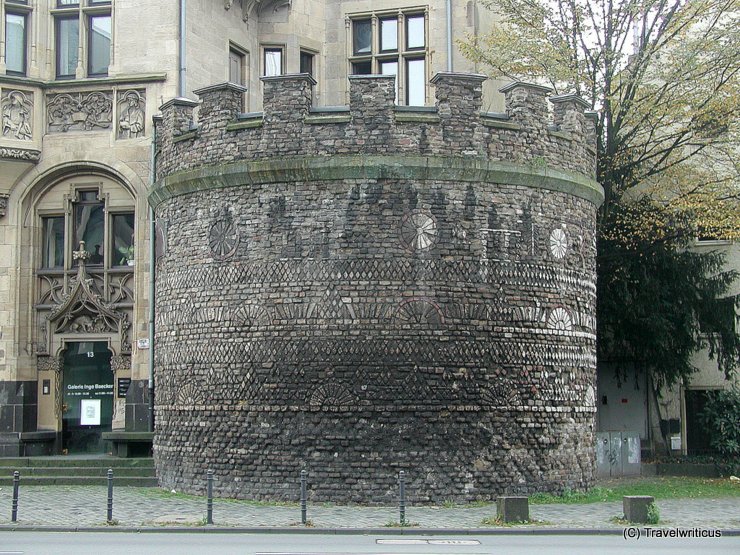
The Römerturm in Cologne is a watchtower dating back to the era of the Roman Empire. At this time, the town’s name was Colonia Claudia Ara Agrippinensium. A total of 19 towers protected the settlement. [German]
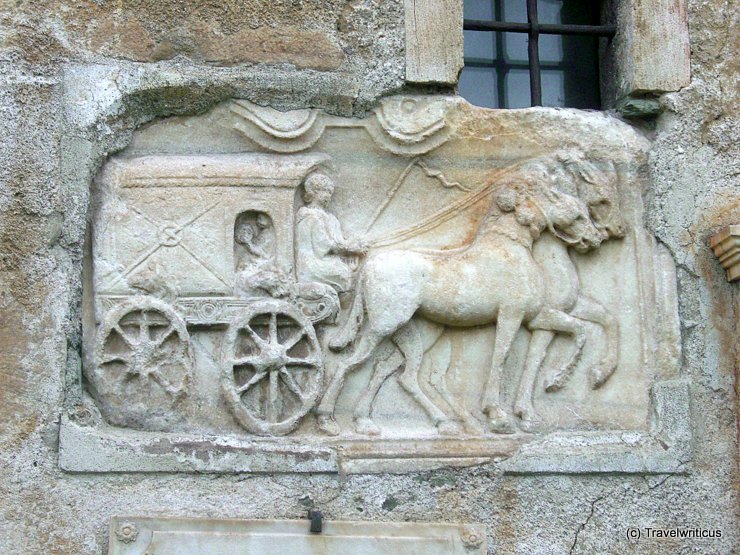
This piece is one of the most famous ancient Roman tombstones in Austria. It is the depiction of a coach. You find it in the wall of the Marienkirche, a church in Maria Saal. Though it doesn’t show a mail coach, it is sometimes called so.

The Bavarian city of Passau has a rich Roman history. On the grounds of the Roman museum Boitro (Römermuseum Kastell Boitro), you still see parts of an ancient fort like the walls of a fan-shaped tower.

This mosaic at a building in Vienna reminds pedestrians of an ancient gate (porta principalis dextra) that stood here in the 1st century. It was part of the Roman fort Vindobona, the nucleus of modern Vienna.
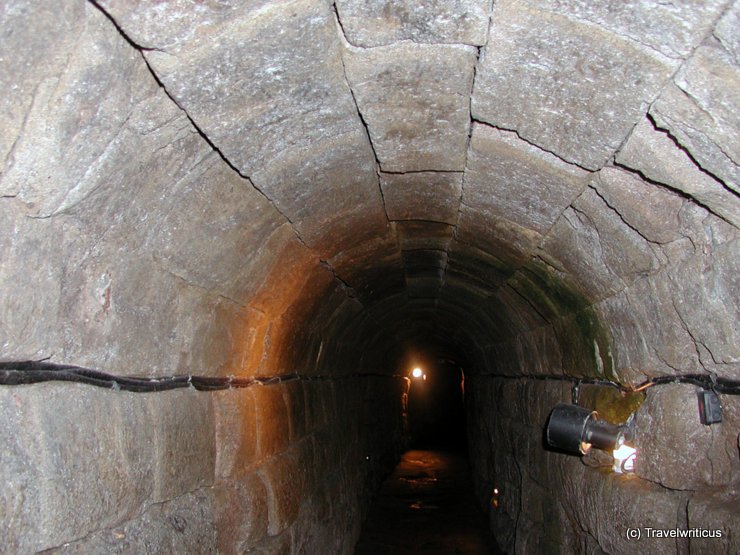
Below the Spanische Bau in Cologne, fans of Roman architecture find the remains of the ancient Roman Praetorium. Right next to these ruins, visitors have the chance to walk through a former Roman sewer below the streets of the modern city.

This equestrian statue of emperor Marcus Aurelius is a replica of the one that stood on Capitols Square (Piazza del Campidoglio) in Rome. The sculpture in Tulln commemorates that a Roman camp named Comagena was the predecessor of the modern city. [German]

The Saalburg is a reconstructed Roman fort in Hesse. Inside its walls, a museum tells about the life of the soldiers along the border. The castellum was a part of the Upper Germanic-Rhaetian Limes. Today the remains of the Limes are enlisted as UNESCO World Heritage Site. [German]
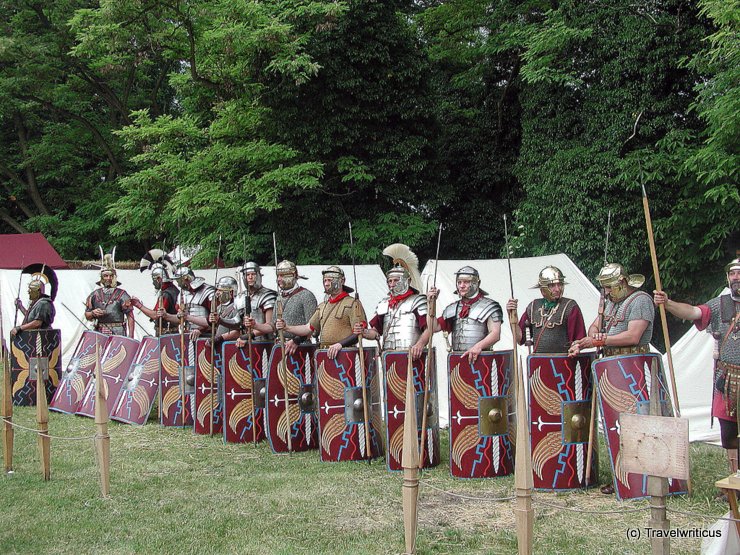
The Carnuntum Archeology Park hosts reenactment festivals with shows about Roman military routines and civic customs several times yearly. Numerous friend societies of Roman history provide visitors with broad information and even Roman food.
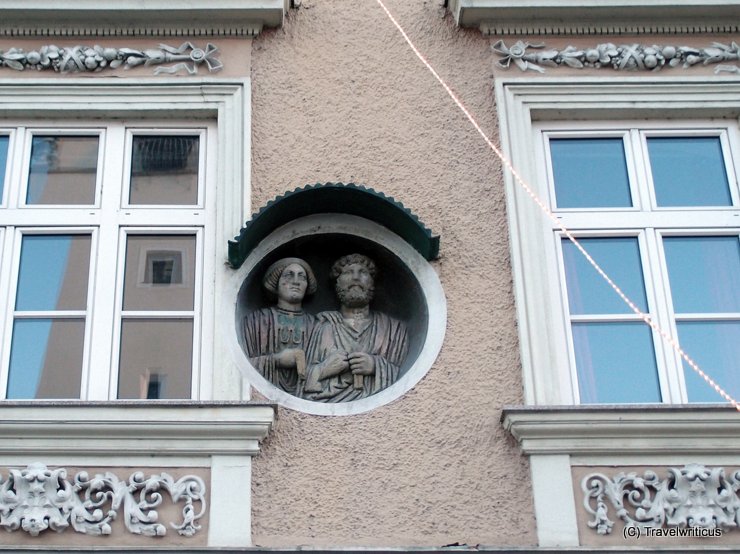
During the Roman era, the city of Wels was known as Ovilava and served as the capital of the province Noricum Ripense. Ancient remains are still visible in the cityscape. For example, this tombstone is part of a building in the town centre.
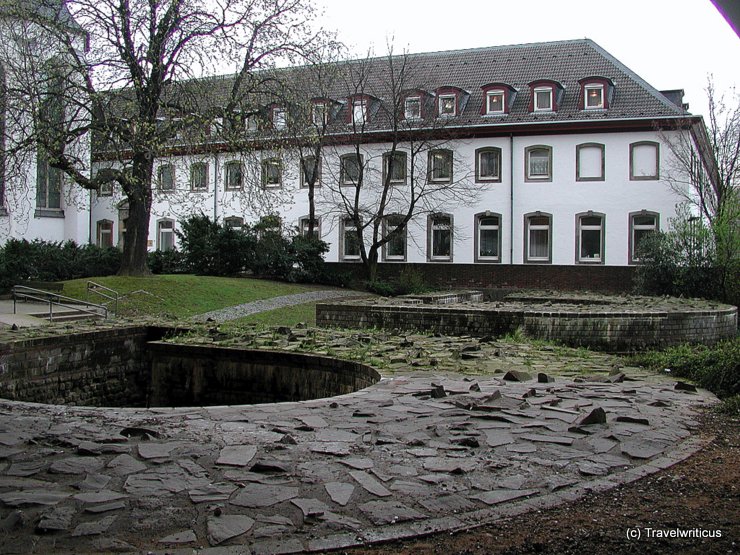
In the city of Cologne (Köln), you still see remains of a former Roman fort. During ancient times, the castrum Divitia guarded a bridge crossing the Rhine. Today, the ruins are part of the World Heritage Site “The Lower German Limes”.
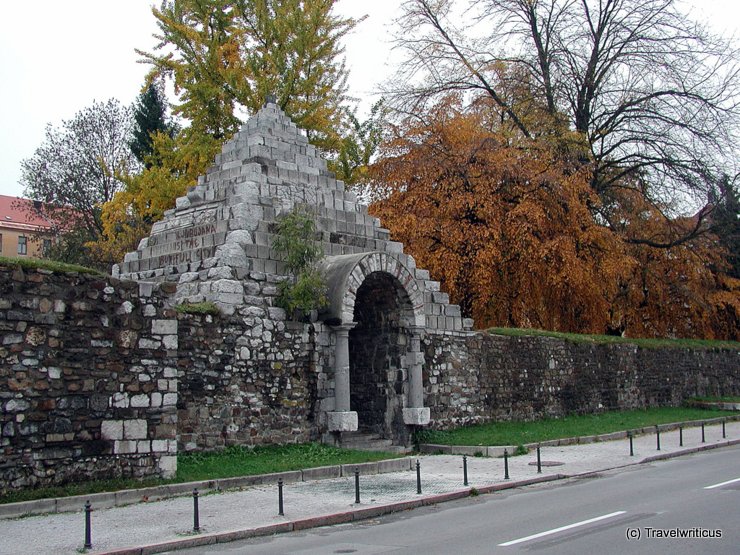
The ancient Roman name of Ljubljana was Emona. Today one can still see some Roman elements in the city. E.g. this redesign of a part of the Roman town walls created by architect Jože Plečnik. The reconstruction of the walls is not really authentic but works as remarkable monument to the former presence of the Romans.